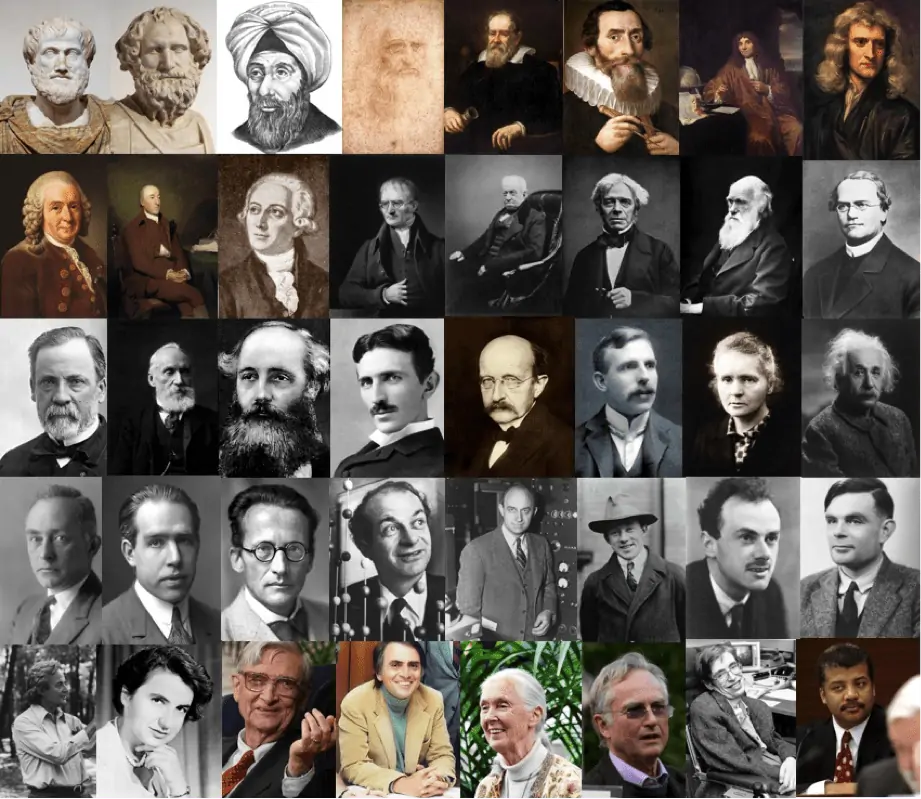Stamp: Alexander M. Butlerov (1828-1886), Russian Chemist (Soviet Union, USSR 1955)
Alexander M. Butlerov (1828-1886), Russian Chemist (Soviet Union, USSR 1955)
01 January (Soviet Union, USSR ) within release Famous Russian scientists goes into circulation Stamp Alexander M. Butlerov (1828-1886), Russian Chemist face value 40 Russian kopek
| Stamp Alexander M. Butlerov (1828-1886), Russian Chemist in catalogues | |
|---|---|
| Soloviev: | Sol: SU 1629-I |
Stamp is vertical format.
Issued in sheets of 100 (10 x 10) stamps. Second issue. Halftone, square raster. Image size - 21.5 x 32 mm. Text: Great Russian chemist, creator of the theory of the chemical structure of organic compounds. Stamp reissued in 1955/56 have slightly smaller image dimensions than 1951 issue.Also in the issue Famous Russian scientists:
- Stamp - Aleksandr G. Stoletov (1839-1896), Russian Physicist face value 40;
- Stamp - Alexander M. Butlerov (1828-1886), Russian Chemist face value 40;
- Stamp - Alexander O. Kovalevsky (1840-1901), Russian Biologist face value 40;
- Stamp - Alexey N. Severtsov (1866-1936), Russian Biologist face value 40;
- Stamp - Kliment A. Timiryazev (1843-1920), Russian Biologist face value 40;
- Stamp - Nicholai N. Miklukho-Maklai (1846–1888), Russian Explorer face value 40;
- Stamp - Nikolai I. Lobachevsky (1792-1856), Russian Mathematician face value 40;
- Stamp - Nikolai S. Kurnakov (1860-1941), Russian Chemist face value 40;
- Stamp - Sofia V. Kovalevskaya (1850-1891), Russian Mathematician face value 40;
- Stamp - Stepan P. Krasheninnikov (1711-1755), Russian Geographer face value 40;
Stamp Alexander M. Butlerov (1828-1886), Russian Chemist it reflects the thematic directions:
A chemist (from Greek chēm(ía) alchemy; replacing chymist from Medieval Latin alchemist)[1] is a graduated scientist trained in the study of chemistry, or an officially enrolled student in the relevant field. Chemists study the composition of matter and its properties. Chemists carefully describe the properties they study in terms of quantities, with detail on the level of molecules and their component atoms. Chemists carefully measure substance proportions, chemical reaction rates, and other chemical properties. In Commonwealth English, pharmacists are often called chemists.
Famous People refers to the fame and public attention accorded by the mass media to individuals or groups or, occasionally, animals, but is usually applied to the persons or groups of people (celebrity couples, families, etc.) themselves who receive such a status of fame and attention. Celebrity status is often associated with wealth (commonly referred to as fame and fortune), while fame often provides opportunities to make money.
A scientist is a person who researches to advance knowledge in an area of the natural sciences


